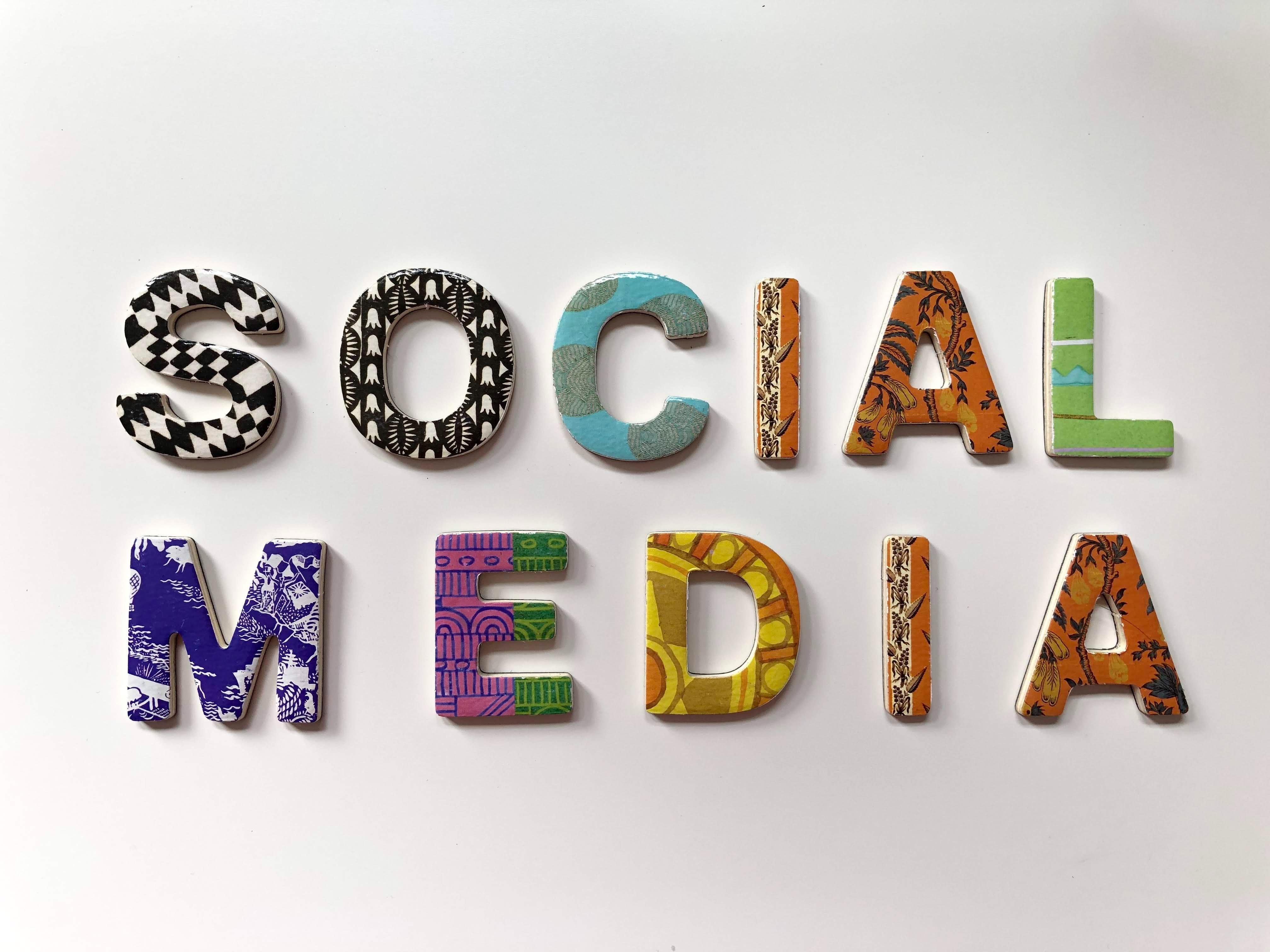Marketing is the beginning of a conversation with ideal prospects; it can come from many different avenues.
If marketing is the business process of identifying, anticipating and satisfying customers' needs and wants, then it’s also getting in front of those potential business relationships.
Because marketing is used to attract customers, it is one of the primary components of business management and commerce.
The American Marketing Association says marketing is the “activity, set of institutions, and processes for creating, communicating, delivering, and exchanging offerings that have value for customers, clients, partners, and society at large.”
A major part of that formula is communicating. And our communication channels have definitely evolved over the years.
With the continued growth of digital communications and our online world from eCommerce to social media to mobile apps and beyond, digital marketing keeps growing and overtaking more traditional marketing channels.
How Will Digital Marketing Continue to Change?
First, while digital marketing is a powerful strategy, we’re seeing a growing gray area between online and offline worlds. Sure we’re all online. But when your brand can connect our social media with our in-person experiences, you’ve created a powerful tie to your customers.
We will continue to use digital marketing as one marketing discipline which encompasses everything from websites to social media to emails and more. But it’s important to realize that what was once a completely separate term and strategy has now become a major part of the greater world of just marketing.
4 Changing Digital Marketing Channels to Explore
The more we live online, the more important it is for businesses to pay attention to “where” we are.
Where are your potential leads and eventual customers spending their time looking for products and services, or having conversations that could include your brand?
Let’s explore some of the growing digital channels ready for your marketing attention.

1 — Reviews and Recommendations
From review sites like Yelp to Google My Business reviews to asking for recommendations on Facebook, consumers today have a ton of places to seek out opinions from their networks and strangers alike.
It’s your job to ask for reviews in your process. Our own Juli Durante uses a simple tactic to gauge customer sentiment and prime them for a review request. “In quarterly calls I’ll ask a client ‘Has our team provided a five-star experience?’,” Juli says. "When they say yes, I'll ask if they would be open to leaving us a review and share a link with instructions. When the occasional client says no, it's a great opportunity to learn more and make things right. In those cases, I may ask, 'What can we do differently to be at five-star status next time?'"
Can you make this part of your process? (Hint: Yes you can.)
Another option is to send yearly surveys (or more often if it’s not too annoying to your customers) asking a simple question: “How happy are you with our service/products?”
Displaying testimonials on your website offers social proof of your business, helping to foster trust in your audience.
Third-party reviews are especially helpful, as website visitors may be skeptical of you putting only the best foot forward.
A few ideas for third-party review sites:
- Trustpilot
- Google My Business
- Yelp
- Zomato
- TripAdvisor
- Clutch
- Amazon Customer Reviews
- Angie’s List
- Better Business Bureau
- G2 Crowd
- TrustRadius
As you can see, depending on your industry you likely have at least a couple of options for highlighting happy customers.

2 — Search Engine Optimization
Whether it’s typing a query into Google or asking Siri a question, search continues to be a staple for all of us.
As the world moves forward, voice search will continue to grow. You’ll want to pay attention to this one.
Back in 2018, 2 out of every 5 adults used voice search once per day. Just two years later, half of all searches will be done through voice search according to ComScore.
But guess what? This isn’t just people using their phones. 30% of web browsing won’t even take place on a device with a screen. What does this mean? More people will be searching through devices like Google Home or Alexa.
Why is this a big deal? Because SEO has historically been about getting on page one of Google, and hoping to get the top position. That’s not the case anymore.
Being on page 1 doesn’t matter when it comes to voice search; either Google pulls from your website or they don’t.
Plus, conversions from voice search will be lower because people won’t go to your website. Google will just answer their question. This means we must figure out how to solve this as marketers.
Two quick wins for the next evolution of SEO, voice search are to claim your Google My Business listing and make sure your website is mobile-optimized.
Create Your Google My Business Listing
Head over to www.google.com/business/ and create an account. Make sure you—
- Click on “Get on Google.” Choose your Google business account email and sign in.
- Search for your business. It’ll ask you to locate your business by name and address. If you can’t find it, simply click the option that says you don’t see a match and add your business.
- Enter your location and business type. You’ll be given a few options to categorize your industry. It’s good practice to add at least three best matches related to your niche.
- Verify your business. Tell Google you are authorized to manage this business and click “Continue.” It’ll ask to verify your company address by snail-mailing a code. This takes a few days to arrive, but only a minute of your time to confirm later.
- Take a tour. Before using the dashboard, Google will ask you if you want to tour the platform. We recommend going along for the ride to ensure you learn the in’s and out’s.
- Set up your profile. This part isn’t hard to do. Just add your hours, phone number, pictures and more. Basically, include whatever possible to optimize your profile!
When you already see a listing, request access from the person who created it by “claiming” the listing.
How to Claim a Business Listing
If you see your business appear once you type in your address (Step 2 above), click on it. It’ll say that someone else created this listing— but if you’re the rightful owner, you can claim it.
Sometimes friendly faces will help Google by populating business information, and you’ll just need to say “hey, this is mine!” and it’s yours. Other times, it might have been something your company made once upon a time and left neglected.
If someone on your team previously created an account, Google makes it easy to contact the listing owner via email and get them to grant you access to the account. The search engine’s procedure involves sending the account holder an auto generated email from Google asking to make you an admin or pass over the ownership rights.
It starts to get a little hairier if an unfamiliar email owns the listing and isn’t responding to your requests. Google gives the mystery maker 7 days to reply, but if they don’t, rest assured! There’s a procedure to override their ownership and gain access from inactive users.
Mobile-Optimized Website
Right now much of voice search happens on phones. This means your site needs to be mobile-friendly, so Google recommends a responsive web design (and we agree).
Test if your website complies with Google’s guidelines with Google’s Mobile-Friendly Test Tool.
When everything is working, you’ll see a message that says, “Page is mobile-friendly.”
If not, Google will lay out the specific steps you need to take.
In addition to the design, you’ll need your site to also load quickly. Consumers, especially when on their phones, expect websites to load instantly.
You can plug your site in PageSpeed Insights to gather details on your load speed.If you want to find out what exact elements are slowing down your site, plug it into Webpagetest.org.
You will get a content breakdown and a waterfall graph showing how each element affects your loading time.

3 — Social Media Marketing
Engagement and interactivity continue to change marketing. The digital transformation has had a major impact on how consumers interact with brands. Traditional broadcast media like movies, television and music have all been about consuming what’s given to us.
Digital media is more interactive, giving people more choice over what they consume, how they consume it and who they share it with. Social media is the frontrunner in engaging with an audience in ways they prefer.
Social allows people to interact with company accounts and even team members, asking questions and getting responses back in return. Consumers can even give feedback for content they read or view with heart, thumbs-up, and favorite buttons or leave comments.
This exchange happening on social media, including directly on ads (ever read the comments in an ad?), changes everything.
With live ads, like live streams, consumers can be on social media and watch an influencer discuss a product. Now, instead of just watching a social influencer, viewers can interact by making comments, giving suggestions and receiving responses back during that live stream.
Welcome to a level of engagement and interaction that simply wasn't possible before digital transformation.
What social media tactics are you using to engage your audience? Which channels and platforms are you testing and exploring? Besides the major channels like Facebook and Twitter, you’ll want to try out other channels to see if your audience is there. TokTok, Instagram, Snapchat, YouTube, LinkedIn, WhatsApp, Tumblr… the list of social media channels continues to grow and change. The key to creating a winning digital and social strategy is to expand your platforms to test different social media marketing tactics and measure results.

4 — Video and Live Video
No matter what your business does, videos are essential to your marketing. Imagine having a business today without a website? That’s how important videos are today.
A report from Adobe shows that there’s no marketing on the planet getting a better ROI than video. But those videos are incredibly varied in almost every aspect. What works for your business will be specific to your buyer personas and brand.
The changing landscape of video marketing may feel overwhelming for some, especially when you think about adding live video to the mix. But with the right plan in place, you can build a following and generate real leads and revenue with video marketing.
One way to use video well in your digital marketing strategy is to solve for the viewer. A great way we’ve seen for this is to include subtitles in videos you share on social media.
Many viewers watch videos without sound for various reasons. Anecdotes of why viewers skip the sound—especially on mobile—have led marketers to use subtitles or captions.
However, one report on the state of video marketing shows something a little surprising. Seven out of ten people watch videos with the sound actually on. Only 15% said they prefer to watch with the sound off.
This could be in response to the popularity of bluetooth headphones and earbuds like Apple Airpods. You’ve seen it: People using wireless earbuds everywhere so they can listen without worrying about cords or people around them.
However, you don’t want to skip the subtitles. While consumers in the study show a preference for watching videos with the sound on, that hasn’t stopped them from craving subtitles:
- 46% prefer subtitles
- 33% do not care for subtitles
- 21% have no opinion
This is why you should cover all your bases by providing subtitles—or on-screen text—in all of your videos. After all, 67% of respondents like to read them. Give the people what they want!
While your videos should work even without sound, they’ll work even better with the sound on.
What about live video? How can a business get into this area of digital marketing?
Much like other marketing channels, you just start. You have tons of platforms you can choose from to share live video.
Think of Facebook Live, Twitter live streaming, YouTube Live, Livestream, Instagram and others. But where will you find the most live fans hanging out?
A Livestream study found that Facebook and YouTube were the top sites.
When testing your skills, we suggest starting with one or two platforms so you’re not spreading resources too thin. A great place to start is Facebook Live.
They still have the biggest monthly active user base (over 2 billion people) and more live video watchers than any other channel.
Want to go live? It’s pretty simple. You can go live on mobile or desktop. And if you want to up your production value, you can even connect external cameras and microphones.
To get started, head to your company Facebook Page and select “Live Video” from the posting options:

From here, you can choose between two live streaming options:

Connect your external camera or a gaming live stream. If you want to connect a camera, select the camera option and start streaming instantly.
Boom. You’re going live!
Here are a few ideas of what to show in your live videos:
- Behind the scenes content
- Repurpose older blog content into live content
- “Breaking news” in your industry
- Ask me anything Q&A
Digital Marketing Will continue to Change
The fact is, nothing stays the same. Digital marketing will continue to grow and evolve, and it’s up to us marketers to keep up.
Be open to testing new channels and exploring new tactics. That’s your strategic advantage in the ever-changing landscape of modern marketing. Let’s grow better together!
Photo credits: Merakist | Campaign Creators | Markus Winkler | Sticker Mule





